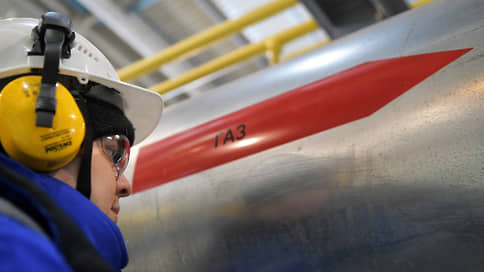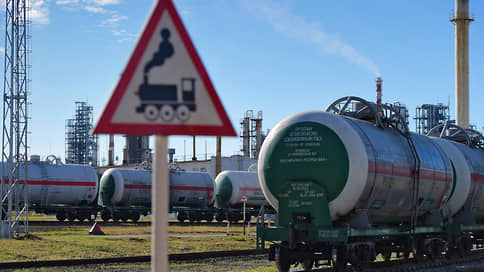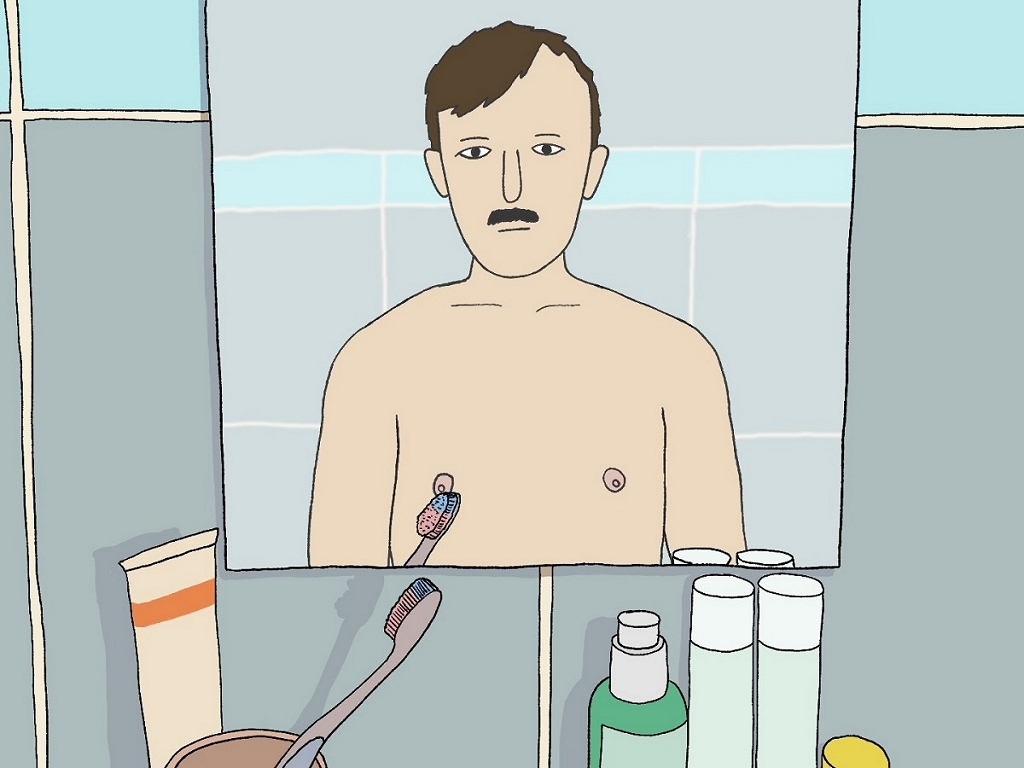Gas production in February decreased by 11.3% year by the year

The rate of reduction in gas production in Russia is growing. According to the results of February, it fell by more than 11%, in the first two months of the year as a whole – by 7.3% in annual terms. The depth of the fall in the category « other manufacturers », which reflects mainly Gazprom, is even higher – 13.2%. Analysts call the main reasons the cessation of supplies through Ukraine, warm weather and a decrease in demand in energy -intensive industries.
In February, gas production was reduced by 11.3% relative to the same level of last year, to 57.2 billion cubic meters, Kommersant sources, familiar with the statistics of the Ministry of Energy. The data is given taking into account the gas burned in the torches. The February rates of reducing production were higher than the January, when the indicator decreased by 3% year by the year (See “Kommersant” from February 25). According to the results of two months, 131 billion cubic meters of gas were obtained, which is 7.3% lower than a year earlier. The extraction of “other manufacturers”, which almost completely reflects the indicators of Gazprom, in February fell by 13.2% a year by the year, to 38.2 billion cubic meters, in two months – by 8%, to 81.5 billion cubic meters.
At the level of production affects termination From January 1, the transit of Russian gas through Ukraine, according to which the Russian Federation exported about 15 billion cubic meters of gas per year.
Gazprom remained only one pipeline route to Europe – Turkish Stream with a capacity of slightly less than 16 billion cubic meters per year. The Russian Federation also continues to supply gas to the EU in the form of LNG.
The largest independent gas producer Novatek reduced the production in February by 1.5%, to 6.4 billion cubic meters, in two months – by 1.4%, to 13.6 billion cubic meters. Lukoil’s production decreased by 13.3%, to 1.3 billion cubic meters, in February and 9.7%, to 2.8 billion cubic meters, from the beginning of the year. Rosneft reduced gas production in February by 14%, to 5.5 billion cubic meters, mainly due to a drop in production by 1.5 times, to 1.1 billion cubic meters, to Rospan International. For two months, Rosneft reduced gas production by 12%, to 11.6 billion cubic meters. For Gazprom Neft, gas production in February was reduced by 8.3%, to 2.2 billion cubic meters, in two months – by 5%, to 4.8 billion cubic meters.
At the Sakhalin-1 and Sakhalin-2 CSP projects, February production remained at the levels of 2024 (about 0.7 billion cubic meters and 1.4 billion cubic meters, respectively). For two months, Sakhalin-1 obtained 1.6 billion cubic meters, Sakhalin-2-2.94 billion cubic meters, which approximately corresponds to indicators for January-February 2024.
The prey falls on foreign projects. So, in February, Gazprom Neft accounted for 321 million cubic meters from production on NIS, in Badra and Kurdistan, which is 20.5% lower than the level of the same period last year. In the same amount, production has declined since the beginning of the year. Rosneft in the Egyptian Zohr, where it belongs to 30%, received 297.5 million cubic meters of gas in February, which is 21.3% lower than last year. From the beginning of the year, production decreased by 21.4%, to 629 million cubic meters.
The deputy head of the FNEB Alexei Gryvach believes that the main reason for reducing production is to reduce demand against the background of abnormally warm weather and closing the export route through Ukraine. Partly, he adds, the reduction in exports was compensated by the access to the design capacity of the “power of Siberia” (38 billion cubic meters per year).
According to the system operator (the dispatcher of the energy system), the average temperature for the EEC of Russia in February was minus 8.9 degrees Celsius against minus 9.4 degrees a year earlier. In the region of the Urals, where the largest gas TPPs are located in the Russian Federation, in February it was 2.8 degrees warmer than a year earlier.
The Kommersant source notes that the gas consumption is likely to begin to influence demand in the energy-intensive industries (production of steel, building materials, basic chemicals) due to the slowdown of economic activity in Russia.
According to Kommersant’s interlocutor, the temperature factor affects Gazprom more than independent manufacturers, due to a high share in sales of supplies to the population, housing and communal services and power plants. Warm weather in Kazakhstan and Uzbekistan could also lead to a decrease in export to the region, adds a source of Kommersant.
According to Alexei Gryvach, if there are no changes in the export direction and weather anomalies in the summer, the production trend will not change significantly. The consensus prognosis of the Center for price indices suggests that gas production in the Russian Federation will remain at the level of 2025 last year by increasing the supply of pipeline gas to China and an increase in LNG export. Deputy Prime Minister Alexander Novak said that the forecast for gas production in the Russian Federation for 2025 has not yet changed and it may be higher than in 2024. Then 685 billion cubic meters of gas were extracted, which is 7.6% higher than 2023.








:format(webp)/s3/static.nrc.nl/images/gn4/stripped/data133314127-765aec.jpg)